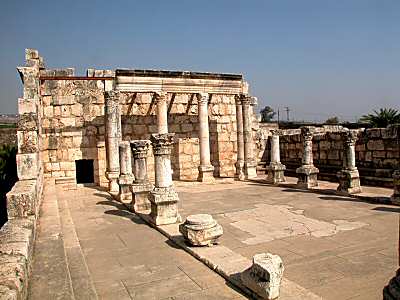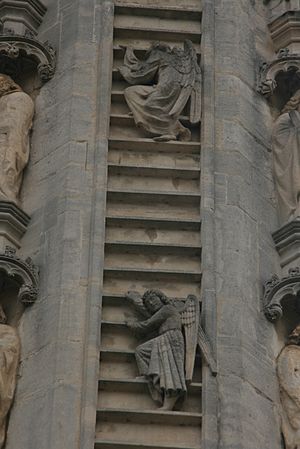
In my posts last month addressing mystical visionary ascents into heaven among Second Temple Jews and early Christians, I made passing references to April DeConick’s Voices of the Mystics. In this book DeConick argues a case that the school responsible for the Fourth Gospel was writing in some form of dialogue with those following the ideology behind the Gospel of Thomas. Recall among the closing scenes in the Gospel of John that Thomas is singled out as the arch-sceptic who will not believe unless he sees. Jesus allows him to see, but then commends all Christians who believe without seeing.
I will save the details of DeConick’s argument for another post. Here I will discuss one small episode in John’s gospel that DeConick does not include in her book, but it struck me just now how potentially supportive of her thesis this detail is. It also leads to additional indications that the author of John knew the Gospel of Mark. Continue reading “Strengthening April DeConick’s Case that John’s Gospel Opposed Vision Mystics; and another word for John knowing Mark”


 April DeConick in
April DeConick in